Best Stainless Steel Fermentation Tanks for Brewing
What Are Stainless Steel Fermentation Tanks?
Fermentation tanks are essential for brewing beer, making wine, or even producing kombucha. Stainless steel fermentation tanks, as the name suggests, are containers made from food-grade stainless steel that facilitate the fermentation process. They come equipped with essential features like airlocks, conical bottoms, and temperature control systems, making them ideal for small and large-scale fermentation.
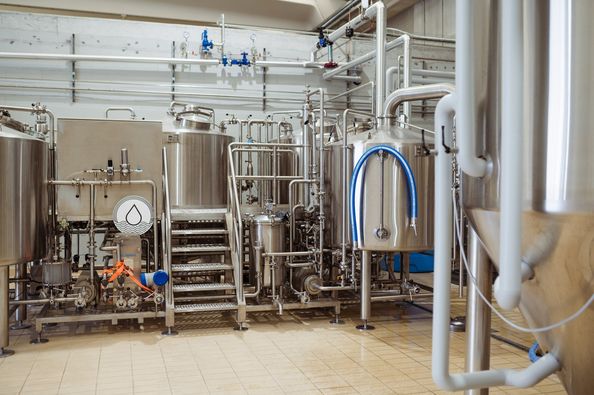
Advantages of Stainless Steel Fermentation Tanks
Stainless steel fermentation tanks offer numerous benefits, making them the preferred choice for breweries and homebrewers alike. They are incredibly durable, non-porous, and resistant to rust and contamination. Their robust construction ensures they last for decades, providing a long-term return on investment. Moreover, they provide precise temperature control, which is crucial for consistent fermentation quality.
Easy to Clean & Maintain
Cleaning is one of the biggest concerns in brewing. Stainless steel fermentation tanks make this process seamless. Unlike plastic or glass, stainless steel is non-porous, meaning it doesn’t absorb bacteria, odors, or stains. A quick rinse with a brewing cleaner, followed by sanitization, ensures a spotless environment for your next batch. Additionally, stainless steel resists scratches, unlike plastic, which can develop grooves that harbor bacteria.
Temperature Control
| Feature | Benefit |
|---|---|
| Built-in Cooling Jackets | Maintain precise fermentation temperatures |
| Thermowells | Allow for easy temperature monitoring |
| External Glycol Systems | Regulate temperature efficiently for large-scale brewing |
| Insulation | Reduces temperature fluctuations and conserves energy |
Temperature control is crucial in fermentation. Stainless steel tanks often come with integrated cooling jackets or external glycol systems, ensuring your brew remains at optimal temperatures. This feature is particularly beneficial for lagers, which require colder fermentation conditions.
No Risk of Contamination
One of the biggest risks in fermentation is contamination. Stainless steel fermentation tanks eliminate this issue by providing a non-porous, easy-to-sanitize surface. Unlike plastic, which can develop micro-cracks harboring bacteria, stainless steel ensures a sterile environment with every batch. This means fewer chances of off-flavors, infections, and spoiled brews.
Cost-Effectiveness in the Long Run
While stainless steel fermentation tanks require a higher upfront investment, they pay off in the long run. Unlike plastic or glass, which need frequent replacements due to wear and tear, stainless steel tanks last for decades. Their durability and resistance to damage mean fewer repairs and replacements, ultimately saving you money over time.
How to Choose the Right Stainless Steel Fermentation Tank?
Selecting the right stainless steel fermentation tank depends on various factors, including batch size, available space, and specific brewing needs. Consider the following:
- Size & Capacity: Ensure the tank fits your brewing needs, whether for homebrewing or commercial use.
- Temperature Control Options: Opt for tanks with built-in cooling jackets if brewing lagers or temperature-sensitive beers.
- Conical vs. Cylindrical Design: Conical tanks allow for easier yeast harvesting and sediment removal.
- Portability: If space is an issue, smaller, mobile tanks with casters might be ideal.
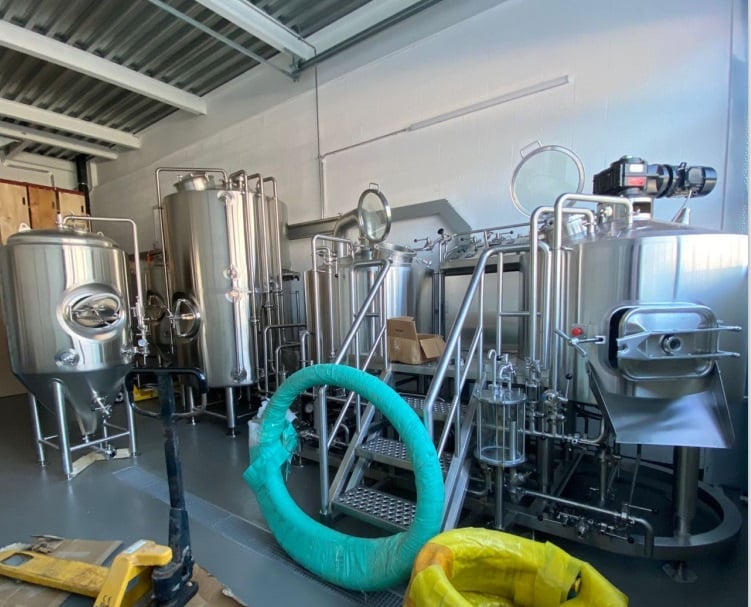
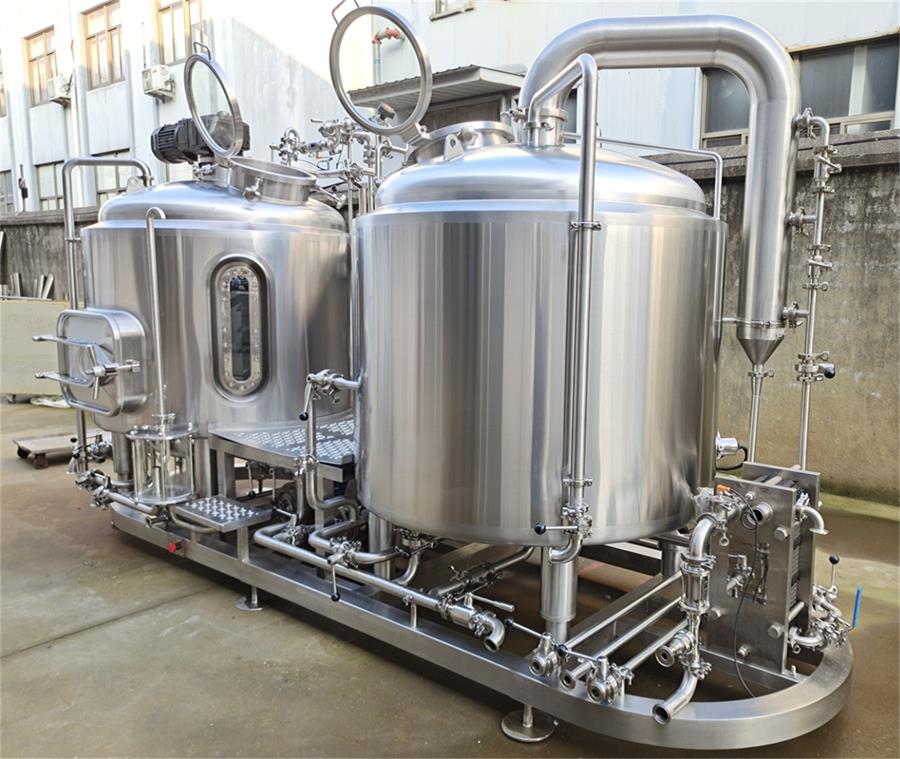
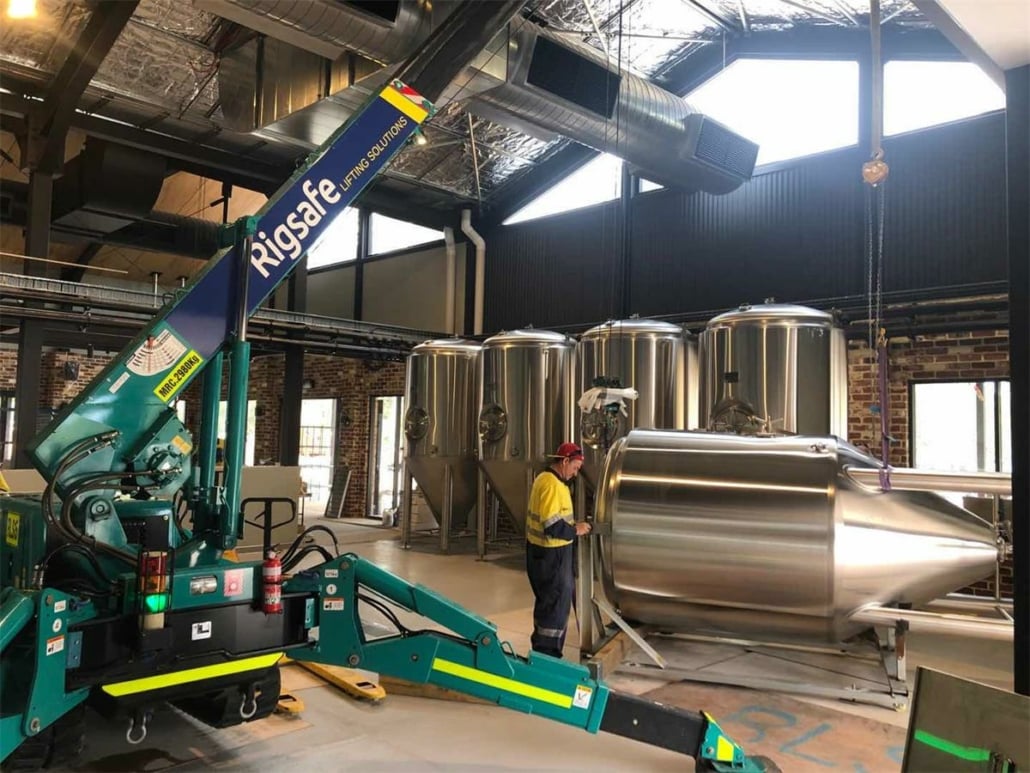
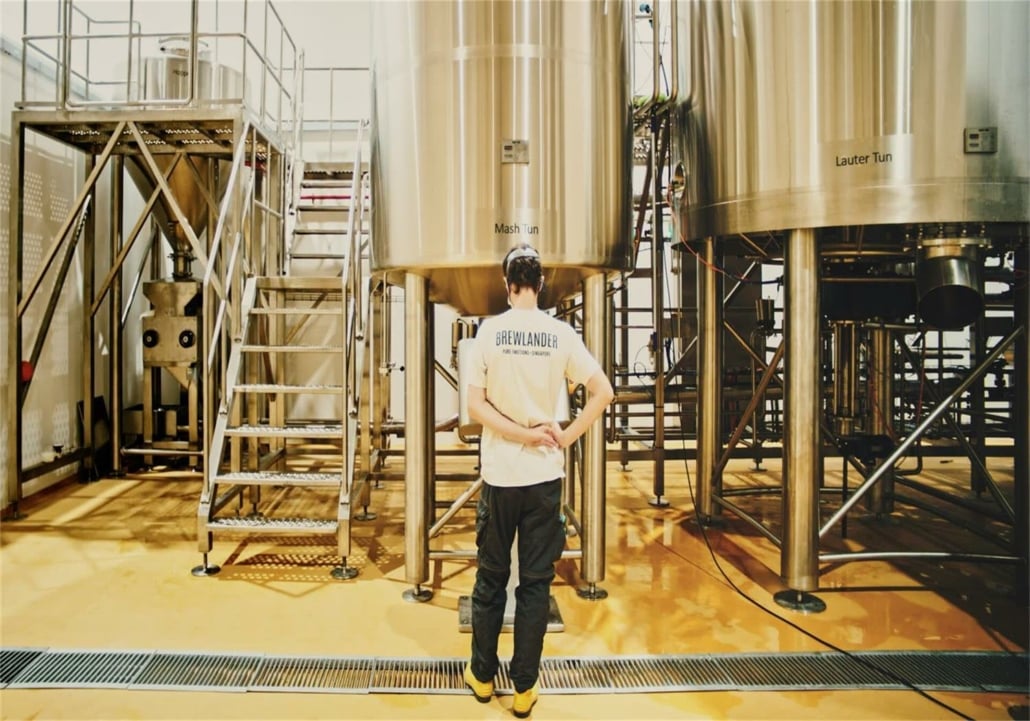
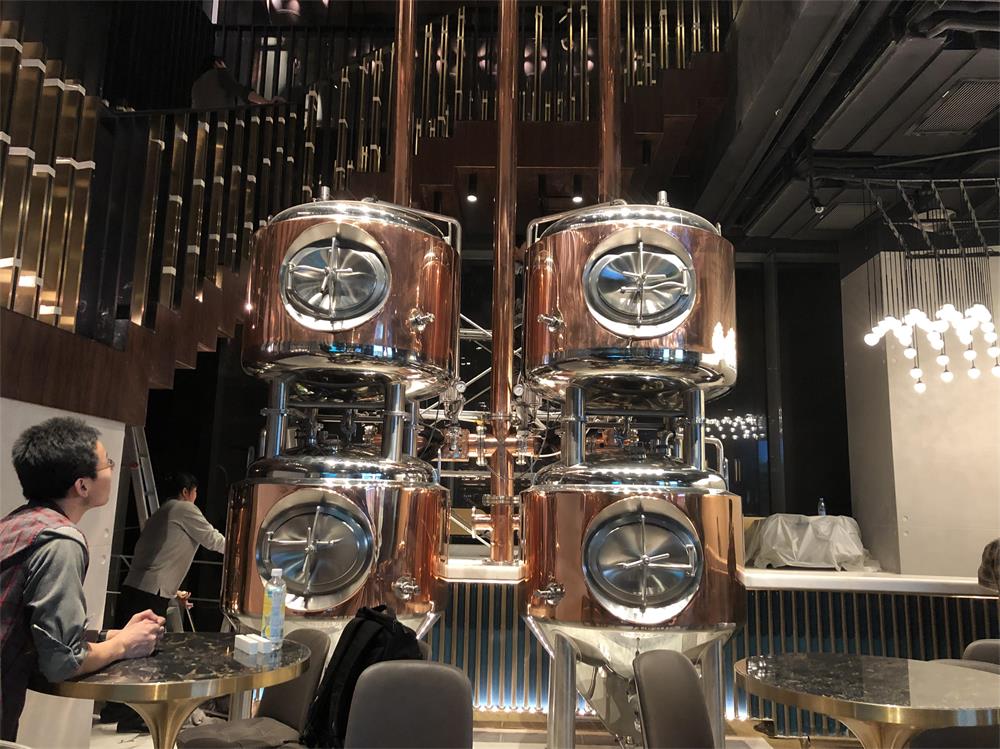
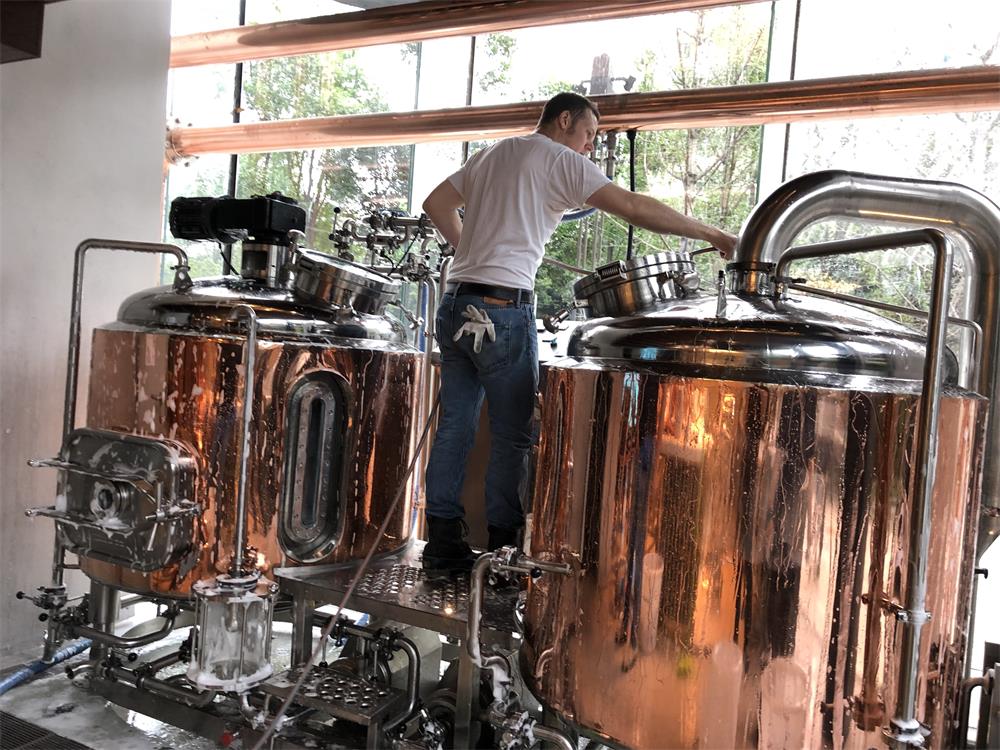
Stainless Steel vs. Plastic Fermentation Tanks: Which One to Choose?
| Feature | Stainless Steel | Plastic |
|---|---|---|
| Durability | Extremely durable, lasts decades | Prone to scratches and cracks |
| Sanitation | Easy to clean, non-porous | Harder to sanitize, can absorb odors |
| Temperature Control | Excellent, often includes cooling jackets | Poor, lacks temperature stability |
| Cost | Higher upfront cost | Cheaper but needs frequent replacements |
| Aesthetic Appeal | Professional, sleek look | Basic appearance |
Plastic fermentation tanks may be cheaper upfront, but stainless steel offers superior performance, longevity, and ease of cleaning, making it the better long-term investment.
Best Stainless Steel Fermentation Tanks for Homebrewing & Commercial Use
The best fermentation tank depends on your needs. Homebrewers might prefer smaller, 5-10 gallon conical fermenters, while commercial brewers require 1-10 BBL tanks. Some top choices include:
- Ss Brewtech Chronical Fermenter: A premium choice for serious homebrewers.
- Blichmann Fermenator: A high-end option with excellent temperature control.
- Spike Brewing CF Series: Offers professional-grade features at a mid-range price.

How to Properly Clean & Maintain Stainless Steel Fermentation Tanks?
Proper cleaning extends the lifespan of your fermentation tank and ensures consistent beer quality. Follow these steps:
- Rinse Immediately – Flush out leftover residue after each batch.
- Use a Brewery Cleaner – Alkaline cleaners break down organic material effectively.
- Sanitize Thoroughly – Use food-grade sanitizers like Star San before brewing.
- Inspect Regularly – Check for scratches or damage that might harbor bacteria.
- Store Properly – Keep the tank dry and covered when not in use to prevent dust accumulation.
FAQ
| Question | Answer |
|---|---|
| Why choose stainless steel over plastic fermenters? | Stainless steel is more durable, easier to clean, and provides better temperature control. |
| Do stainless steel fermentation tanks require special cleaners? | Yes, use alkaline cleaners and sanitizers to maintain their integrity. |
| Are stainless steel tanks worth the investment? | Absolutely! They last longer and provide superior brewing conditions. |
| Can I ferment wine in a stainless steel tank? | Yes, stainless steel is widely used in winemaking due to its neutral properties. |
| Do stainless steel fermenters need an airlock? | Some come with built-in airlocks, while others require separate airlocks to release CO2. |
Share this entry
Interested in learning more about Brewing Systems including additional details and pricing information? Please use the form below to contact us!
YOLONG BREWERY EQUIPMENT FAQS
- Commercial Brewery / Craft Brewery / Microbrewery / Nanobrewery
- What is The Difference Between Craft Beer and Industrial Beer?
- The Bespoke Differences In Custom Brewing Systems
- Everything You Need to Know About Kettle Souring
- How to Choose Brewing Equipment for Your business?
- How To Choose The-Best Partner To Build Your Commercial Microbrewing System?
- Two Detection Sensors That You Need To Use In Your Brewhouse System
- Remote Control Applications in Brewing Equipment/How does it work?
- How To Clean Your Brand New Brewery Tanks?

